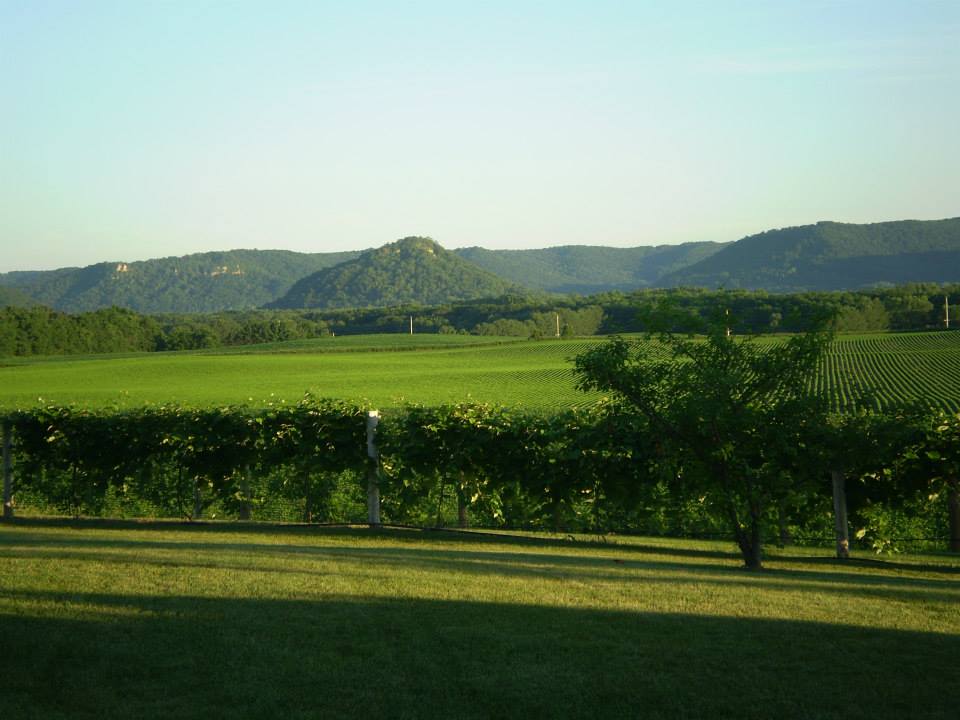Wisconsin’s winemaking history dates back to the mid-19th century when Hungarian immigrant Agoston Haraszthy, known for creating the first successful vineyards in Sonoma, California, founded a winery in 1846, overlooking the Wisconsin River in what is now the Wollersheim Winery in Sauk City.
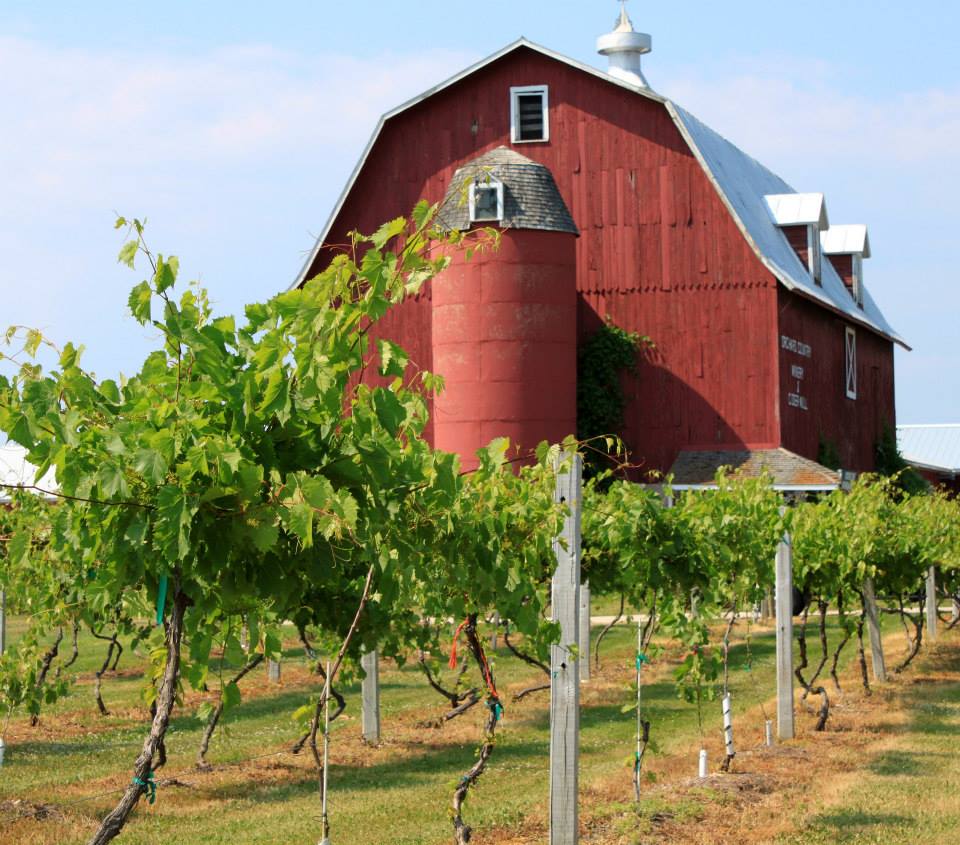
©LAKE WISCONSIN AVA- WISCONSIN WINERY ASSOCIATION
During that century, he was joined by numerous German settlers who brought their knowledge of winemaking to American territory. They produced traditional versions of German wines and new varieties made from native North American grapes. Those early winemakers discovered, in fact, that growing traditional European grapes in Wisconsin can be a difficult undertaking.
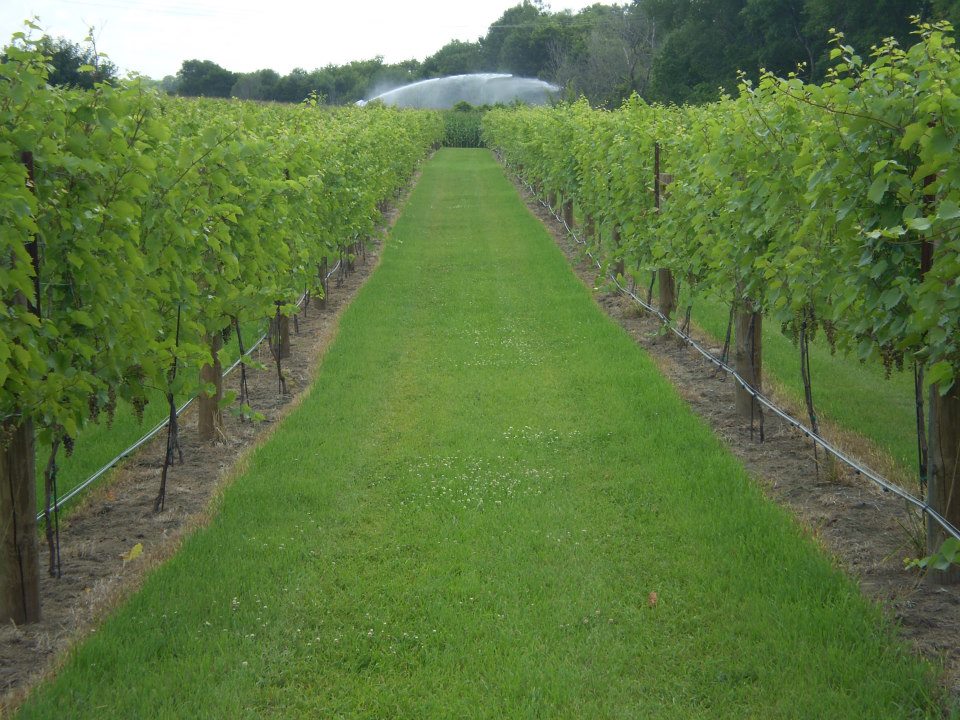
©LAKE WISCONSIN AVA- WISCONSIN WINERY ASSOCIATION
However, with experimentation and perseverance, Wisconsin winemakers have, over time, learned to grow several cold-hardy grape varieties that are well suited to Wisconsin’s climate. Additionally, winemakers learned to utilize the many fruits that could be grown in the state. Over time, numerous Wisconsin grape and fruit wines were born.
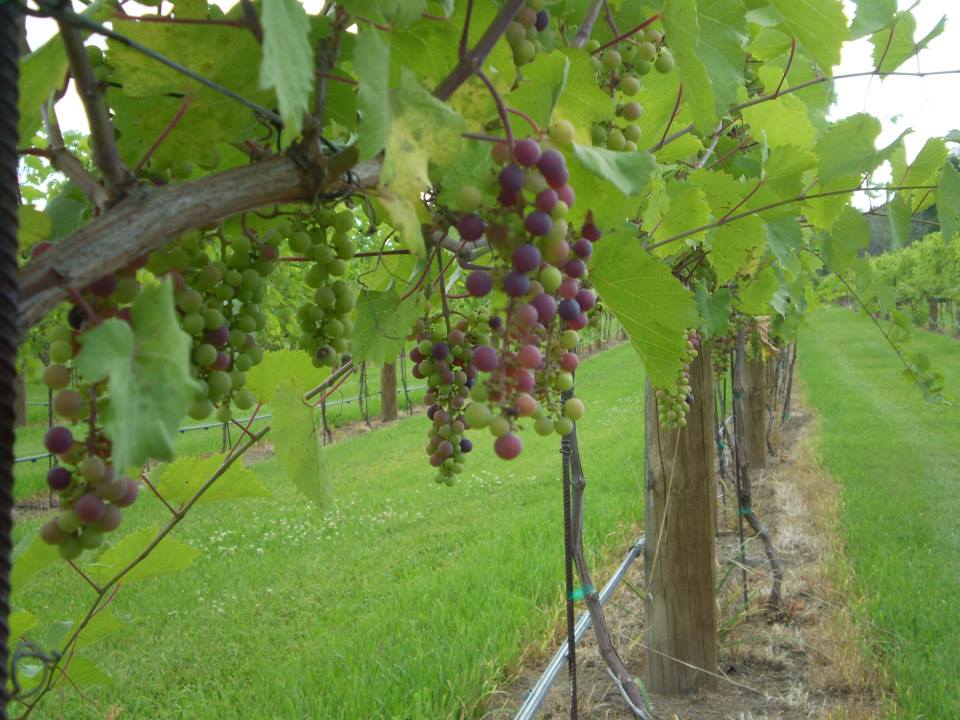
©LAKE WISCONSIN AVA- WISCONSIN WINERY ASSOCIATION
At the beginning of the twentieth century, the grape breeding program of the University of Minnesota began. The goal was to produce grapes hardy enough to withstand the continental climate of the Upper Midwest, particularly its intensely cold winters.
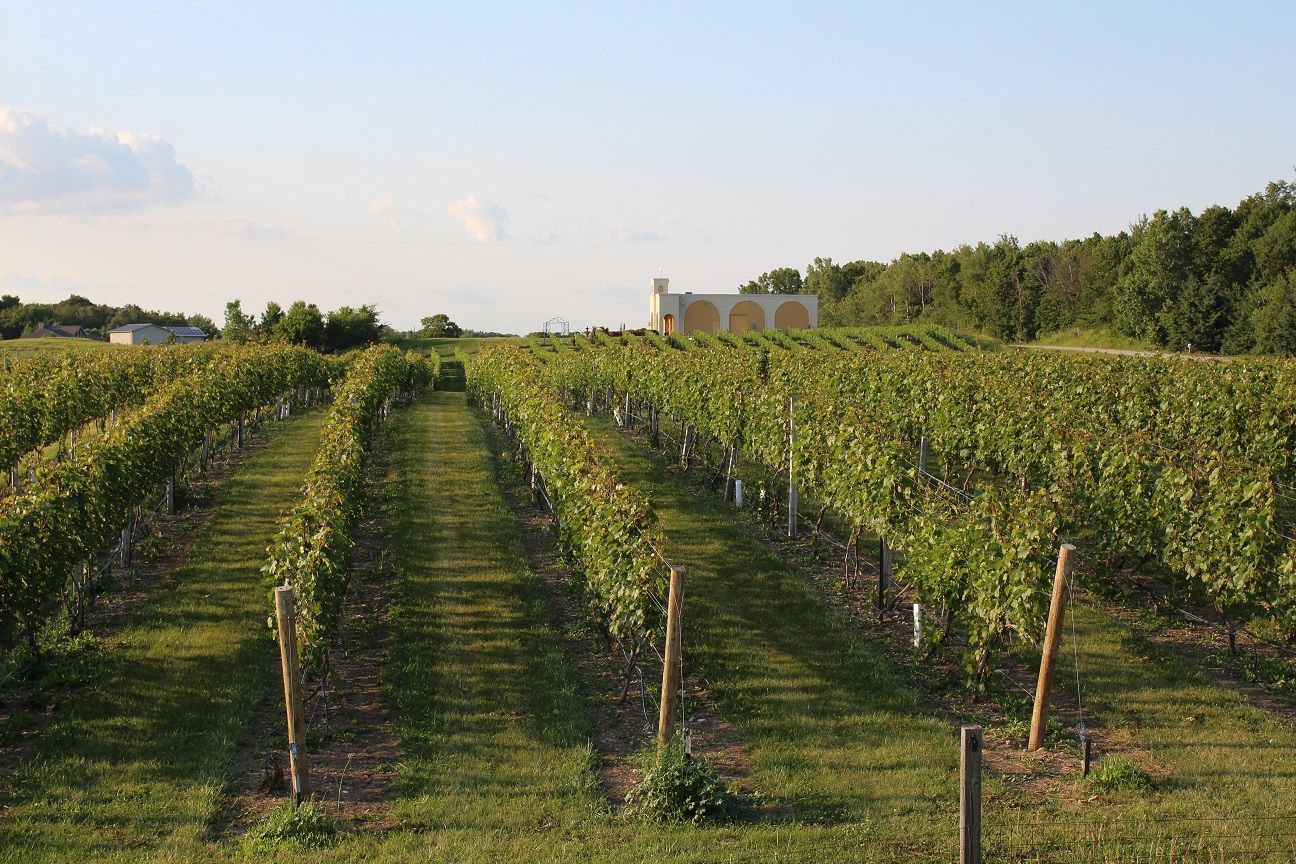
©LAKE WISCONSIN AVA- WISCONSIN WINERY ASSOCIATION
The real commercial birth of wines in Wisconsin came at the end of the 1960s. In 1972, Bob Wollersheim purchased the Haraszthy vineyard, founding the Wollersheim winery. From that year onwards there was a succession of wineries that were built throughout the state.
In 1994, the Lake Wisconsin AVA was established, the state’s first AVA. It covers 43.75 square miles in Columbia and Dane counties. Distinctive features include the transition zone from unglaciated to glaciated topography. Bob Wollersheim played a crucial role in the creation of this AVA.
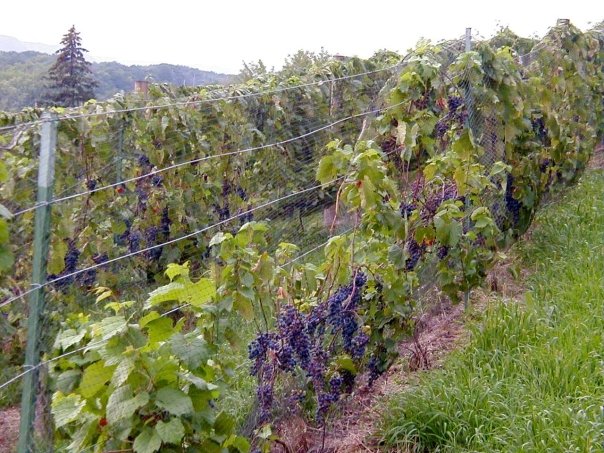
©LAKE WISCONSIN AVA- WISCONSIN WINERY ASSOCIATION
In 2009, the creation of the world’s largest AVA, the Upper Mississippi River Valley AVA, included four states including southwestern Wisconsin.
Located north of Madison, the Lake Wisconsin AVA is bordered by the Wisconsin River and Lake Wisconsin. The area has moderate temperatures and a growing time about 15 days longer than surrounding areas.
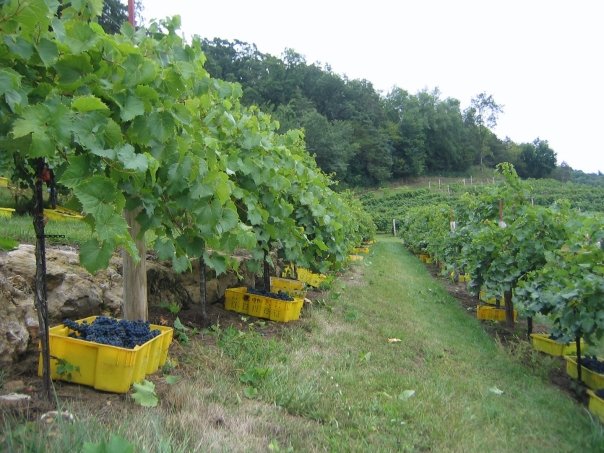
©LAKE WISCONSIN AVA- WISCONSIN WINERY ASSOCIATION
Wisconsin’s cold climate often makes growing difficult. Because of this, many grape varieties developed by the University of Minnesota thrive in Wisconsin. Among the varieties Marechal Foch, Frontenac, La Crescent, La Crosse and St. Pepino tolerates colder climates. Although on a small scale, Chardonnay, Gewürztraminer, and Pinot Noir are grown in the state. Wisconsin is the nation’s largest producer of cranberries, and many wines are reminiscent of these fruits, as well as cherry and apple. Fruity wines range from dry to sweet.
Other areas of the state are in the process of applying for AVA recognition. Also due to climate change, Wisconsin is certainly one of the US and international wine regions with very interesting potential.


